
10 expert tips to get naturally glowing skin.
Discover 10+ expert tips to get glowing skin, including Grove members' choices for top natural-ingredient products, skin-care routines, and more.
Read More


Last Updated: May 13, 2021
What happens when you have a clay date with a powder clay facial mask, the latest trend in home beauty treatments? Are dry clay masks all that? Grove writer, Leslie Jeffries, found out!
A little-known part of cake-mix history is this: The initial mixes were too easy, and not DIY enough. They didn't resonate with customers, who wanted to feel like they made some effort in the kitchen. So when the company tweaked the product to require the baker to provide the eggs, oil, and water, everyone loved it, and the boxed cake mix revolutionized cake baking.
Similarly, the recent popularity of dry clay facial masks is partly due to the DIY vibe you get when you add your own preferred liquid to the powdered clay to concoct your own clay mask. Not much effort and beautiful results? I’m all for it — challenge accepted!
From natural household to personal care, everything at Grove is healthier for you and the planet — and works! We recommend monthly shipments and product refills that you can edit or move at any time. No monthly fees or commitments required.
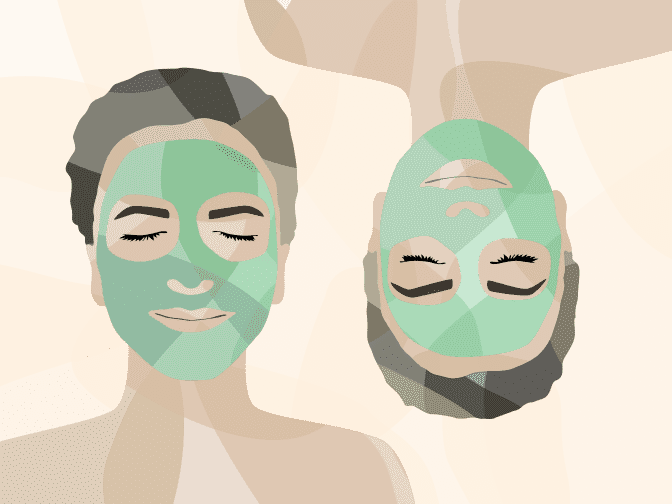
Clay masks have been used for hundreds of years to improve the skin’s appearance. Today, judging by the number of beauty influencers posting Michael Myers-esque, LED-lit, clay-mask selfies, earthen facial masks are still wildly popular — and here to stay. Now, in addition to tubs and tubes of ready-to-apply masks, clay masks come in the form of dry clay powder, which turns into a paste when you add liquid.
Clay masks are favored by many beauty aficionados, since clay is rich in minerals like iron, calcium, silica, and magnesium. Clay masks:
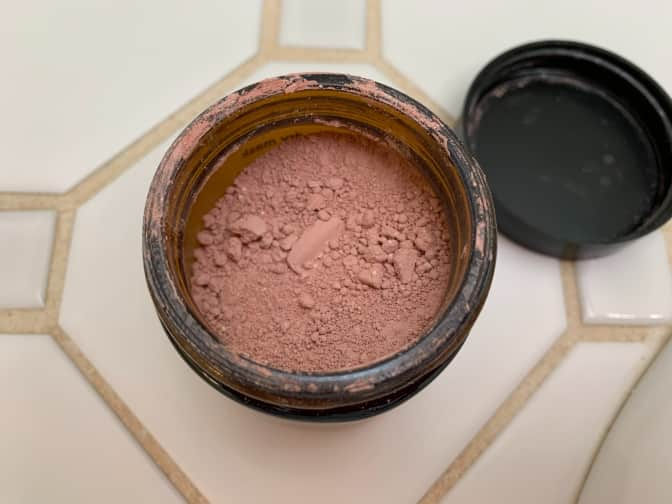
The powder facial mask I tried was the Terra Beauty Bars Rose Coconut Dry Facial Clay Mask, developed for normal and dry skin. This beauty product line includes several specialized dry clay masks, including volcanic ash for oily/combination skin and matcha for oily/normal skin.
I appreciated the simple list of ingredients in the rose mask:
Terra Beauty Bars says their mask will draw out impurities and leave my skin baby soft. Bring it on, baby, because my 40-possibly-50-something skin could use some softening!

Here’s what makes clay powder masks so cool: You can mix the dry clay with all sorts of skin-loving liquids, including:
The directions on my dry clay masks say to mix one to two teaspoons of the clay powder with my choice of liquid — I used plain ol’ warm water.
Each of the times I used this product, I mixed it up in the palm of my hand — which I recommend doing over the bathroom sink, since inevitably, some of the very fine, loose powder will escape. It's shockingly red, but the natural clay cleans up easily.
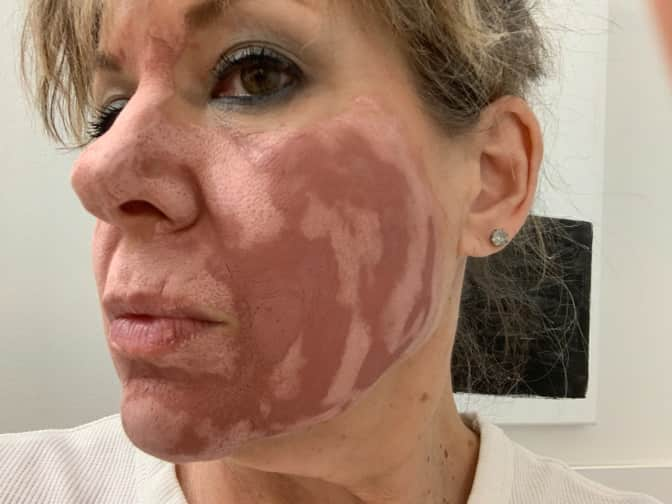
The mask consistency is thin and easy to apply, and it only took a few minutes for the clay to dry and turn light, which means it's ready to rinse off. It was interesting to watch and feel the mask dry on my skin. I felt a pleasant tightening sensation and imagined all those impurities being sucked out of my pores — baby-butt softness on the way ... I hoped!
To completely remove the mask, I needed to rinse my face with warm water and help it along with a damp washcloth.
A dedicated washcloth is in order here — the red clay did stain the cloth.
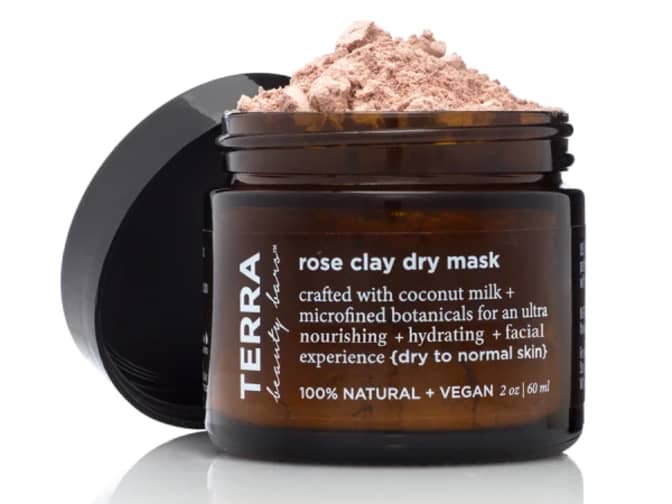
Made with coconut milk, white kaolin clay, and Brazilian rose clay, this Terra Beauty Bars Rose Coconut Dry Facial Clay Mask was developed for dry to normal skin.
Prefer something for more oily skin types? Check out the Matcha Sea Dry Clay Mask for normal to oily skin, or the Volcanic Ash Dry Clay Mask for oily to combo skin.

Upon removal of the mask, I observed the following:
As a semi-DIY, of-the-earth beauty treatment, the Terra Beauty Bar's Rose Coconut Dry Facial Clay Mask is easy to mix and yields soft, clean skin. Sure, the process is a bit messy, but it's fun and luxurious — and that makes it a keeper.
Overusing clay masks can dry out your skin, especially if you have dry-ish skin to begin with. So it’s probably not a good idea to use a clay mask every day. Healthline recommends using a clay mask for “15 minutes, up to 3 times per week.”
But using a clay mask once a week is acceptable, especially if you have sensitive skin — it’ll remove a week’s worth of impurities without drying your skin or causing irritation.
It sure tightened mine! As the mask dries, the skin tightens because the mask is pulling all the nasty stuff out of your pores, which then tighten, reducing their appearance.
What makes pores expand, you ask? Well, the American Academy of Dermatology Association explains it simply: “When pores clog, they expand, which can make your pores look more noticeable.” They also mention oily and less firm skin can make pores stand out as well.
Clay masks help get rid of blackheads by pulling excess sebum, dirt, and oil from deep in your pores. To use a powdered clay mask for blackheads, mix the clay powder with warm liquid to increase perspiration and increase the amount of gunk it pulls from your skin.

About the author: Leslie Jeffries is a writer in Omaha who terrifies her cats by trying all the facial masks. She's been writing for Grove since 2020.

Discover 10+ expert tips to get glowing skin, including Grove members' choices for top natural-ingredient products, skin-care routines, and more.
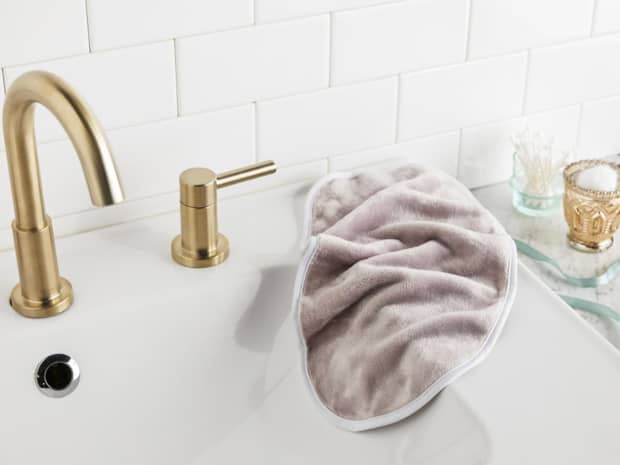
Do makeup remover towels really work with just warm water — no cleansers? Well, we tried it — and here’s what we found out.
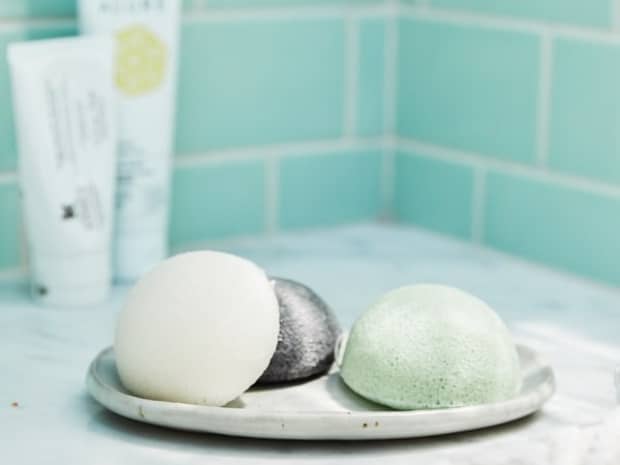
A konjac sponge is a natural exfoliator that’s kind to your skin and the environment. But is it all it’s cracked up to be? Here’s the lowdown.

Natural foundation is free of harsh chemicals found in traditional foundations. Here’s a guide on what else is good to know.